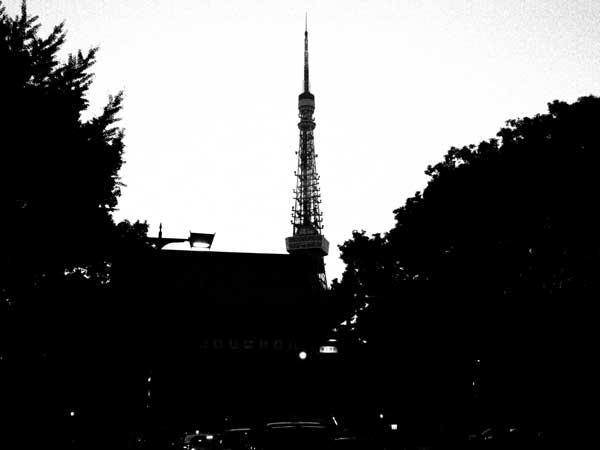The Japan Times published an interesting story about the lack of benches on Tokyo’s streets. From the official government and planning perspective, streets are for moving traffic and pedestrians. The idea of city streets as a community space is not a factor.
I am always struck by how retrograde city planning is in Tokyo. As an architect professor friend told me, Tokyo’s many narrow, single-grade small streets-which are now considered the “new” thing in the US and Europe for promoting walking and biking-are undoubtedly considered shameful relics by the city’s traffic planners, whose mission is to move auto traffic as rapidly as possible.
The most innovative ideas for using streets as community life seem to come from residents (see my previous posts about residents supplying their own bus stop seating), and from real estate corporations that own enough Tokyo land to motivate them to create unique and livable streets. I thought of the latter last week seeing the many public benches in the Marunouchi district’s wide, tree-lined streets. The district is largely owned by Mitsubishi Real Estate.


